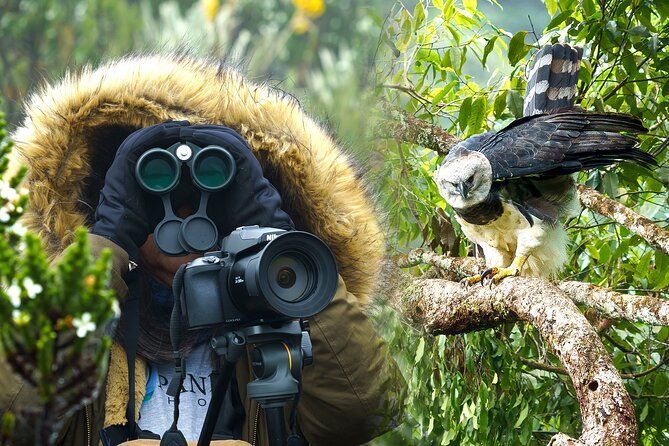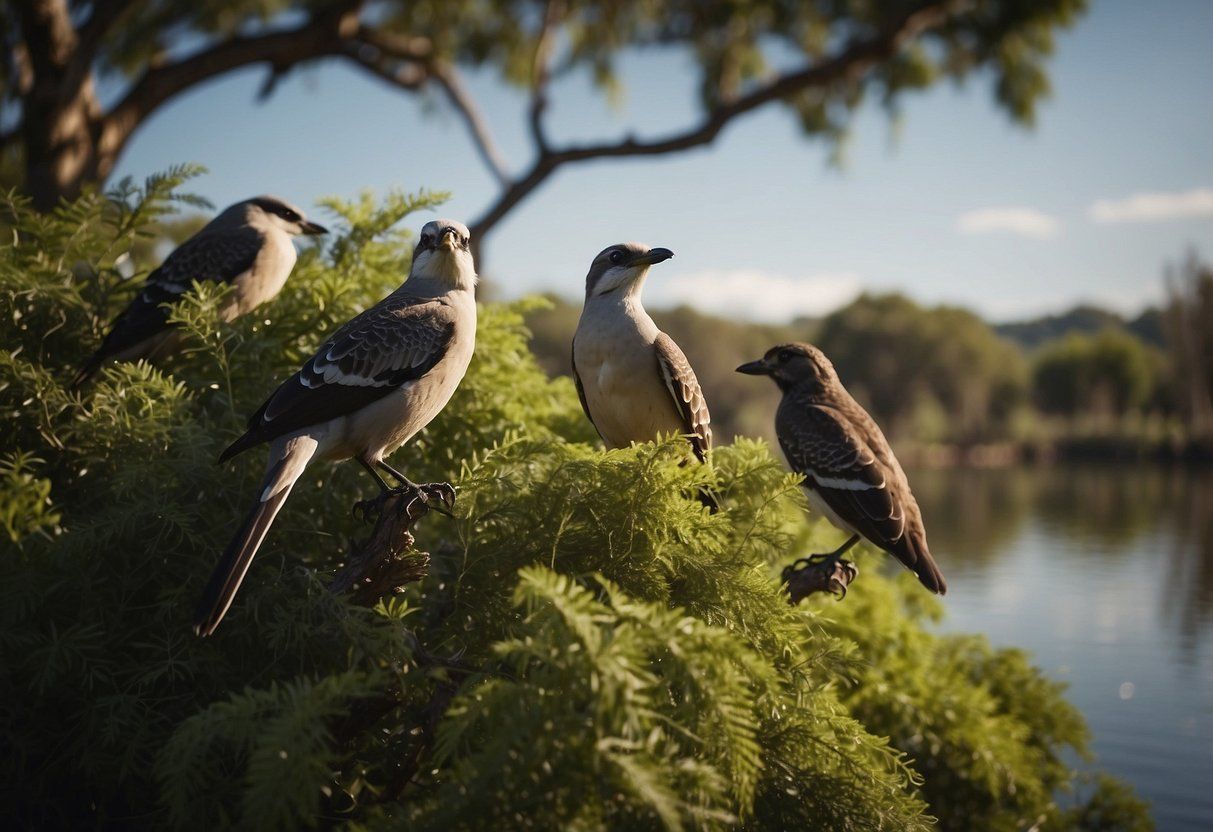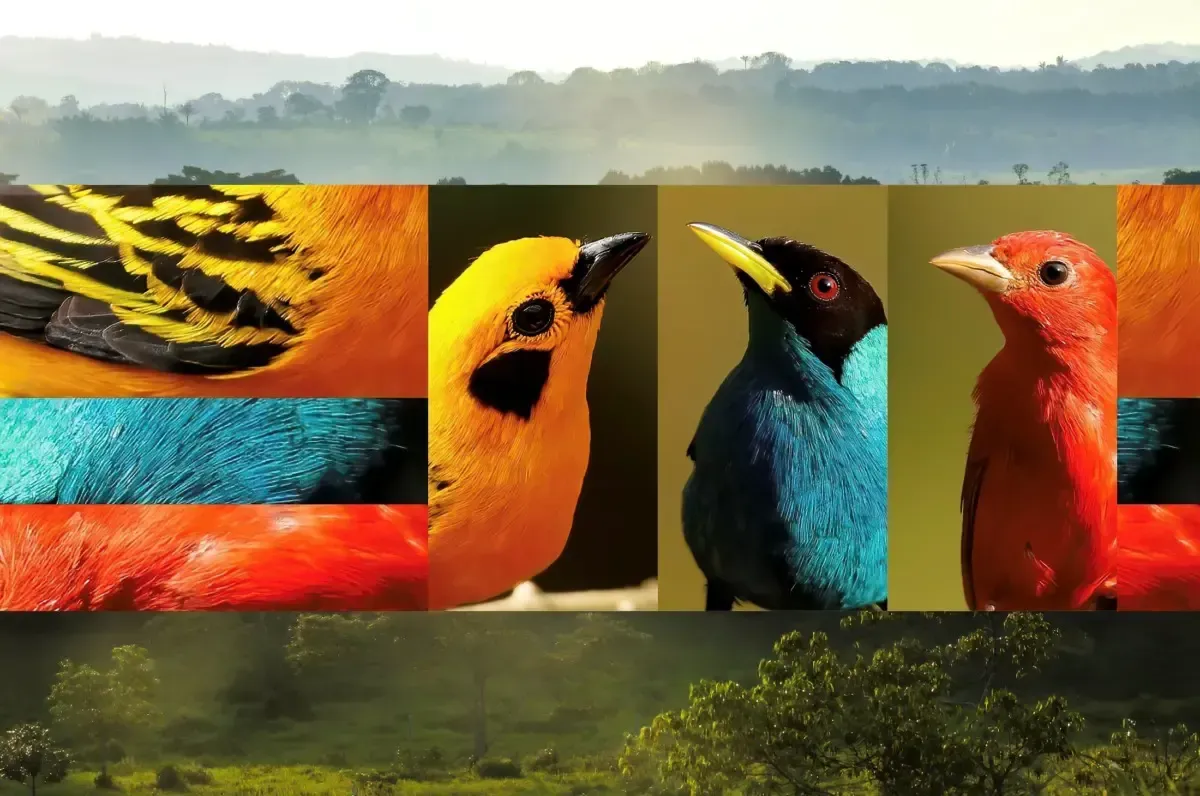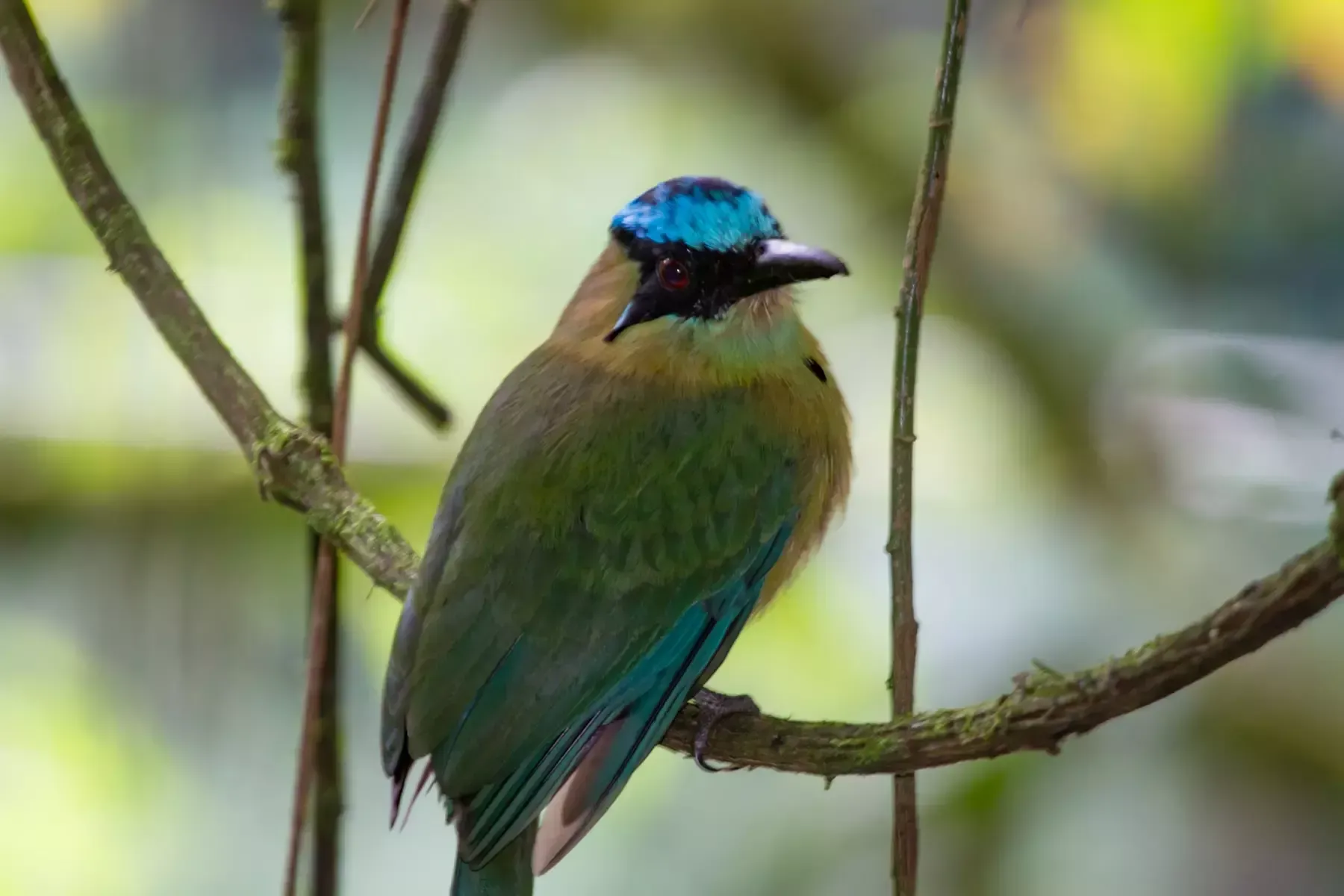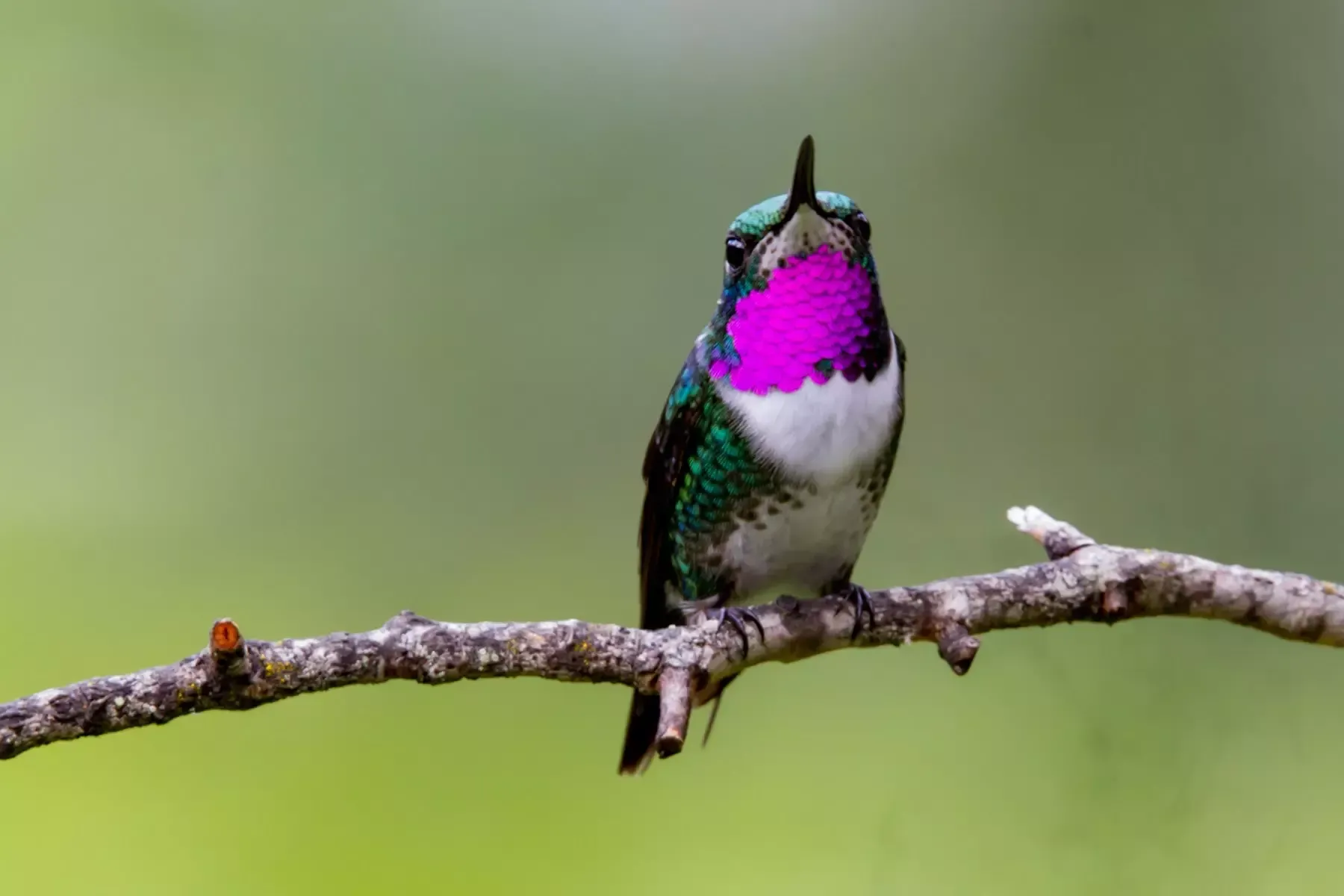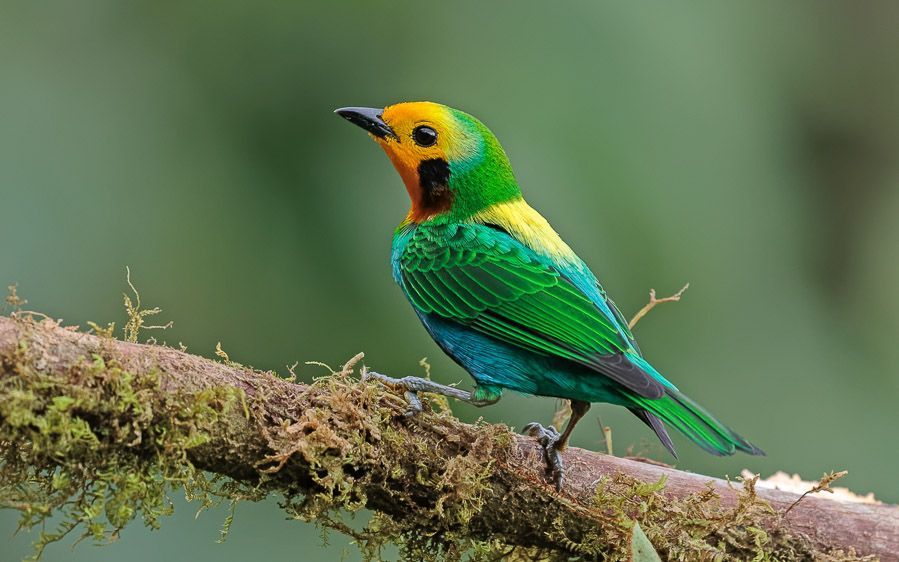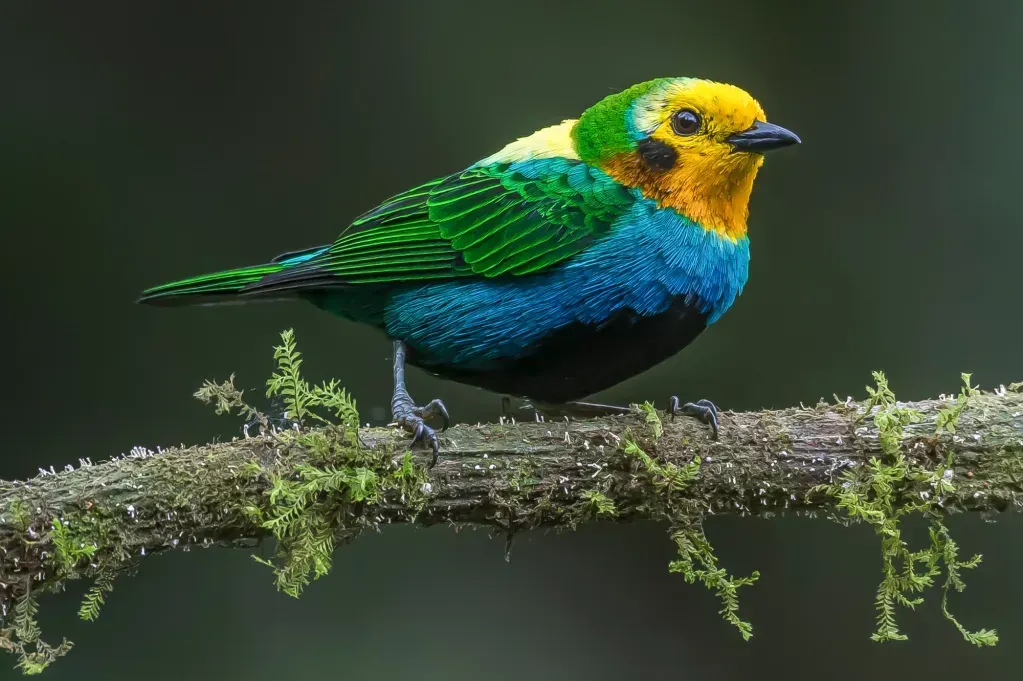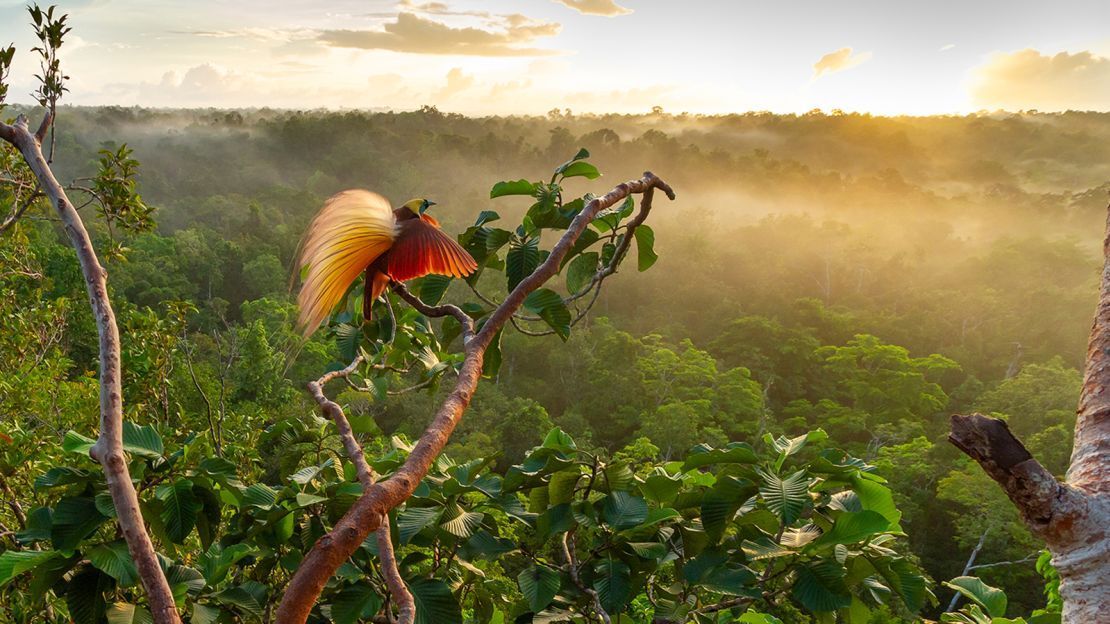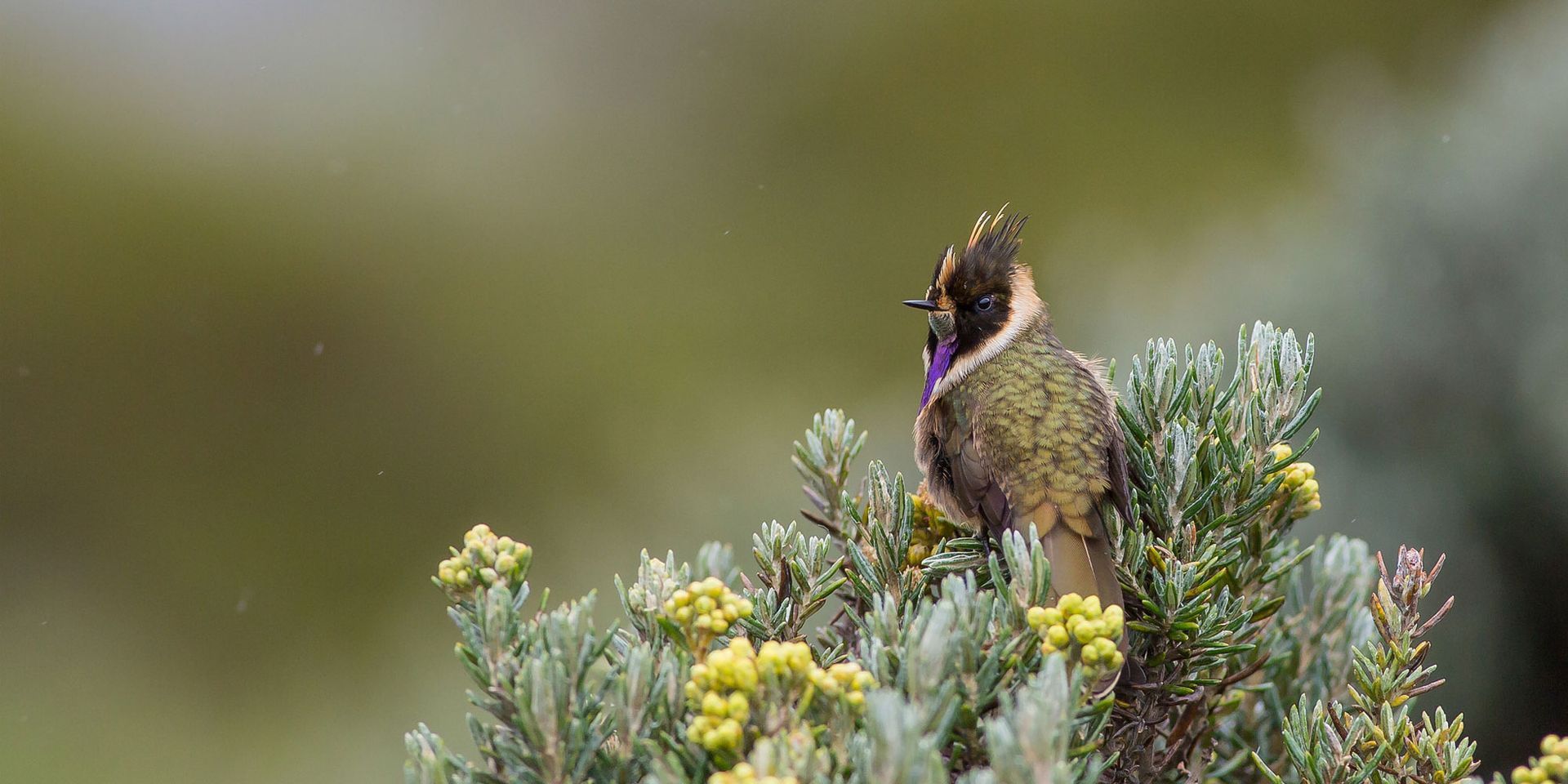Expert Tips for Bird Photography in Colombia, Ecuador, Peru, Panama, and Brazil
Expert Tips for Bird Photography in Colombia, Ecuador, Peru, Panama, and Brazil
Bird photography in South America is an experience that stays with you long after you return home. Stretching from the cloud forests of the Andes to the vast wetlands of Brazil’s Pantanal, from Ecuador’s mist-filled valleys to Panama’s migration hotspots and Peru’s legendary Amazonian reserves, the region offers unrivaled biodiversity. Nowhere else on Earth is so densely packed with vibrant species, dramatic landscapes, and intimate moments of wildlife behavior. For photographers, these countries do not merely offer trips—they provide opportunities for once-in-a-lifetime images.
But photographing birds in the tropics is very different from photographing them in temperate regions. The forests are darker, the birds faster, the terrain more complex, and the weather far more unpredictable. Mastering these conditions requires a blend of knowledge, technique, patience, and respect for the environment. Whether you’re planning your first bird photography tour in the Neotropics or looking to elevate your skills with deeper insight, this comprehensive guide shares expert techniques that will help you capture meaningful and striking images throughout Colombia, Ecuador, Peru, Panama, and Brazil.
Understanding the Diversity of Bird Habitats
Each of these five countries contains multiple ecosystems, and each one shapes the way you photograph. Understanding these environments is essential because what works in the Amazon will not work in the Andes, and what works in the Andes might not work in the Chocó or Pantanal.
Colombia, with more than 1,900 registered bird species, offers a breathtaking array of habitats. The Andean cloud forests alone are home to iconic species such as the Andean cock-of-the-rock, quetzals, and multicolored tanagers. The lowland Amazon region brings entirely different photographic opportunities, with macaws, parrots, manakins, and antbirds. The Chocó bioregion on the Pacific side creates misty, humid environments with rare endemics that require careful attention to light and moisture.
Ecuador, though compact, transitions quickly between high-altitude páramo, lush cloud forests, and Amazonian lowlands. For photographers, this means that you can photograph mountain tanagers in the morning, hummingbirds at mid-day, and giant hoatzins by afternoon—all without extensive travel. Mindo and the Andean slopes are especially famous for their exceptional hummingbird diversity.
Peru offers one of the richest combinations of landscapes and species. The Amazon region of Tambopata and Manu is legendary for its clay licks, where dozens of macaws gather each morning in an explosion of color. Higher up in the Andes, dramatic open landscapes provide opportunities to photograph condors soaring above canyons and ridges. Peru is ideal for photographers who want to combine grand scenery with dynamic wildlife behavior.
Panama offers a unique advantage because it serves as a natural bridge for millions of birds migrating between the Americas. Forests are easily accessible, and observation platforms like canopy towers provide excellent angles for photographing birds at eye level. Species such as motmots, manakins, trogons, and the elusive harpy eagle make Panama one of the most rewarding locations for photographers who value both convenience and diversity.
Brazil, the giant of the region, contains the Amazon, the Atlantic Forest, the Pantanal, and more. The Pantanal, in particular, is known as the best place on the planet to photograph large wildlife, including hyacinth macaws, jabirus, and even jaguars. The Atlantic Forest holds its own treasure trove of colorful tanagers, toucans, and endemics. Brazil’s scale and richness make it a never-ending source of photographic opportunities.
Mastering Light in Tropical Environments
Light behaves differently in the tropics, and adapting to it is one of the most important skills a bird photographer can develop. Near the equator, sunrise and sunset happen quickly, giving you precious but short golden hours. Many birds begin feeding and vocalizing at first light, and this is often when you will capture your most dramatic images. Being prepared before dawn—camera set, lens ready, composition in mind—will make all the difference.
Mid-day in the tropics can be harsh, but it does not have to be wasted time. Instead of avoiding shooting entirely, you can shift your focus to forest shade, where diffused light creates natural softboxes that bring out the rich colors of tanagers and hummingbirds. Backlit hummingbird photography can be especially magical during bright hours when sunlight hits their feathers at the perfect angle, revealing iridescent colors.
Cloud forests offer some of the most beautiful lighting conditions on Earth. Fog and mist naturally diffuse sunlight, eliminating harsh shadows and producing clear, rich color tones. However, visibility can change instantly, so photographers must be quick to adapt settings and anticipate where light will appear next.
In the Amazon, sunlight splits the forest into pockets of intense brightness and deep shadow. When a bird lands in a beam of sunlight, the effect is unforgettable—but also challenging. Your exposure must be adjusted quickly to avoid losing detail in either highlights or shadows. Practicing exposure compensation is crucial here, as is using your camera’s histogram to ensure you aren’t blowing out key details.
Choosing the Right Equipment for Tropical Bird Photography
Photographing birds in these regions demands reliable equipment capable of performing in low light, high humidity, and dynamic situations. While it’s possible to work with mid-range gear, certain types of equipment will greatly improve your success rate.
Telephoto lenses are essential. Most species require a focal length of at least 400mm, though many photographers prefer 500mm or 600mm. A zoom lens like a 100–500mm or 150–600mm offers flexibility in dense forests where birds appear unpredictably. For larger species like toucans, condors, or jabirus, a 70–200mm lens can also be extremely useful.
A camera with strong low-light performance will help you manage the darker environments of forests. Many situations in the Andes and Amazon require ISO ranges between 3200–6400, so working with a sensor that handles noise gracefully is a major advantage.
High frame rates and fast, accurate autofocus systems—preferably with bird or eye detection—are also very valuable. Tropical birds rarely sit still for long, and even hummingbirds require precise focus to capture their wings, faces, and feeding behavior sharply.
Tripods or monopods are optional but often helpful during long sessions at feeders or clay licks. Lightweight carbon-fiber models are ideal because they reduce fatigue during long hikes.
Perhaps the most underestimated element of tropical photography is rain protection. Sudden downpours can appear without warning. A waterproof cover for your camera and lens, dry bags for storage, and silica gel packets to prevent fungus are absolutely necessary. Protecting your equipment in humid forests is a must for any multi-day photo expedition.
Understanding Bird Behavior for Stronger Images
Technical mastery alone won’t produce extraordinary shots. The most memorable images are those that capture unique behaviors—feeding, displaying, preening, or interacting. Learning to read bird behavior will dramatically increase your success.
Many species follow predictable feeding times. Hummingbirds are particularly active in the early morning and late afternoon, when temperatures are cooler and nectar is abundant. Toucans often perch in exposed locations shortly after sunrise, scanning their surroundings for fruit. Raptors begin to soar only after thermals form later in the morning.
Perching habits are also important. Certain species return repeatedly to the same branch or lookout point. Kingfishers revisit perches near water. Manakins perform their courtship displays in specific lekking areas, often returning to the same spot throughout the season. Antbirds often follow army ant swarms, creating unique but fleeting moments for photographers who know what signs to watch for.
Learning bird vocalizations helps enormously. In dense forests, you will often hear birds long before you see them. Recognizing their calls helps you locate species quickly, anticipate their movements, and position yourself correctly.
Understanding seasonal movements is equally important. Rain patterns influence fruit availability, breeding cycles, and vertical migration within the Andes. Working with local guides ensures you are always one step ahead of these changes.
Creating Beautiful Compositions in Tropical Settings
Photographing birds in the tropics presents challenges for composition. Dense foliage, branches, and shadows can make it difficult to isolate your subject. However, natural perches, moss-covered branches, and flowering plants also provide some of the most beautiful compositional opportunities in nature.
Aim for clean backgrounds whenever possible. Wide apertures such as f/2.8 or f/4 create shallow depth of field that isolates colorful birds from the forest. This technique works especially well with tanagers, trogons, and toucans. When possible, adjust your angle to find open spaces behind the bird.
Behavioral shots—feeding moments, singing, flight, interaction—always elevate your portfolio. Capturing a toucan tossing fruit into the air, a hummingbird feeding from a flower, or a macaw touching beaks with its mate reveals the real complexity of wildlife.
Color is your greatest ally in South America. The natural hues of tropical species are extraordinary, and working with soft light or backlight will make them shine. In cloud forests, the saturated greens and misty blue light create dramatic, moody images that tell a deeper story.
Ethical Wildlife Photography in the Tropics
Ethical considerations are essential for anyone photographing birds in these sensitive ecosystems. The pressure of tourism can affect behavior, breeding success, and habitat if not managed responsibly.
Flash should be avoided near nests and in dark forest situations where it could startle birds. Keeping a respectful distance from nests is crucial, as some species are highly sensitive to disturbance. Always follow the guidance of your local guide regarding distance, positioning, and movement.
Respecting local communities is equally important. Many of the best birding locations are on privately managed land or community reserves. Supporting these communities through responsible tourism encourages conservation and helps protect habitats for future generations.
Following designated paths helps protect understory plants and prevents damage to ground nests. And finally, choosing ethical photography tour operators—those who collaborate with indigenous groups, local guides, private reserves, and conservation organizations—ensures your visit contributes positively to the region.
Country Highlights: Where and What to Photograph
A few examples of standout species and regions can help you plan your goals.
In Colombia, the Andean cock-of-the-rock, toucan barbet, quetzal, and multicolored tanager are among the most sought-after species. Regions such as the Sierra Nevada de Santa Marta, Antioquia, and the Chocó are especially rewarding.
In Ecuador, Mindo is famous for hummingbirds and tanagers, while Antisana provides incredible opportunities to photograph Andean species. The Amazon basin offers hoatzins, macaws, and countless forest birds.
In Peru, Manu National Park and Tambopata are unparalleled for Amazonian species, including clay-lick macaws, antbirds, manakins, and curassows. The Andes offer condors and dramatic photographic landscapes.
In Panama, Pipeline Road, the Panama Canal Zone, and the Darién region provide opportunities to photograph motmots, manakins, raptors, and migratory flocks. The harpy eagle remains one of the top targets.
In Brazil, the Pantanal is iconic for jabirus, hyacinth macaws, and raptors. The Amazon delivers incredible species diversity, and the Atlantic Forest provides a rich assortment of colorful birds.
The Value of Local Guides and Professional Tours
While independent travel is possible, working with local guides makes a significant difference. These experts know where birds feed, perch, fly, and nest. Their experience with weather patterns, seasonal changes, and local ecosystems can turn a good photography trip into an extraordinary one.
Photography-focused tour operators like Retorno Photo Tours understand the technical and artistic needs of photographers. This means more time with target species, better angles, improved lighting setups, access to private reserves, and opportunities that general birding tours cannot provide.
Patience, Calmness, and Observation
Bird photography is as much about mindset as it is about technique. Remaining still, silent, and observant increases your chances dramatically. Many of the best photos come from waiting patiently at a single perch or quietly approaching a feeding area over time. Tropical birds may appear suddenly and disappear even faster, so being prepared and calm is key.
Editing for Natural Impact
Post-processing should respect the environment and maintain realism. Tropical forests produce deep shadows and bright highlights, so carefully balancing exposure is essential. Recovering details in feathers, maintaining true colors, and applying noise reduction without losing texture are important steps in creating polished, professional images.
Final Thoughts
Bird photography in Colombia, Ecuador, Peru, Panama, and Brazil offers an unmatched blend of excitement, challenge, beauty, and artistic possibility. These countries contain some of the most extraordinary species on Earth, set against backdrops ranging from mist-filled mountains to floodplains glowing with sunset light.
By understanding the environments, mastering the tropical light, choosing reliable equipment, learning bird behavior, and working with experienced local guides, you can create images that reflect the true magic of the Neotropics. Whether you are standing in a cloud forest at dawn or watching macaws wheel across the sky, every moment spent photographing birds in South America brings you closer to the heart of one of the planet’s greatest natural treasures.


